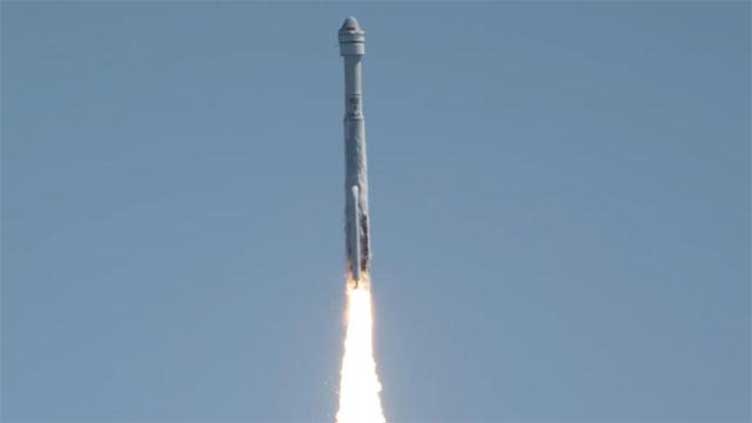First crewed Boeing Starliner mission lifts off successfully

Technology
Boeing’s Starliner marks a new chapter of American exploration
(Web Desk) - Two astronauts from NASA have become the first to launch into orbit aboard a Boeing Starliner spacecraft.
Butch Wilmore and Suni Williams lifted off at 10:52 am ET on June 5 on a United Launch Alliance (ULA) Atlas V rocket from Space Launch Complex-41 at Cape Canaveral Space Force Station in Florida.
The flight began with the NASA-Boeing Starliner Crew Flight Test (CFT), the space agency’s Commercial Crew Program (CCP).
The 25-hour mission will culminate in the crew’s delivery to the International Space Station (ISS).
A NASA update informs us that both astronauts are traveling to the space station in microgravity.
Several flight test objectives will be carried out, one of which is to pilot Starliner manually.
“With Starliner’s launch, separation from the rocket, and arrival on orbit, Boeing’s Crew Flight Test is right on track,” said Mark Nappi, vice president and program manager of Boeing’s Commercial Crew Program, in a statement.
The mission was postponed after the team failed to launch on June 2 following a computer abort system malfunction.
As part of NASA’s Commercial Crew Program, the flight test aims to validate the entire transportation system, including the launch pad, rocket, spacecraft, in-orbit operations, and safe return to Earth with astronauts aboard.
This is crucial in certifying Starliner for rotational missions to the space station.
NASA’s Commercial Crew Program aims to provide economical, safe, and dependable transportation to and from the ISS in the United States through collaboration with the commercial sector.
In addition to the two crew members, the Starliner carries roughly 760 pounds (345 kilograms) of cargo. Wilmore and Williams will dock at the International Space Station and spend approximately one week there before departing for Earth.
Prior to this, Starliner conducted two unmanned orbital flights, a pad abort demonstration, and a test flight to and from the space station.
“Boeing’s Starliner marks a new chapter of American exploration. Human spaceflight is a daring task – but that’s why it’s worth doing. It’s an exciting time for NASA, our commercial partners, and the future of exploration. Go Starliner, Go Butch and Suni,” said Bill Nelson, NASA Administrator.
During Starliner’s flight, NASA teams will oversee space station operations from the Mission Control Center at the Johnson Space Center in Houston.
Meanwhile, Boeing will track the spacecraft’s automatic maneuvers from its own mission control center in Houston.


